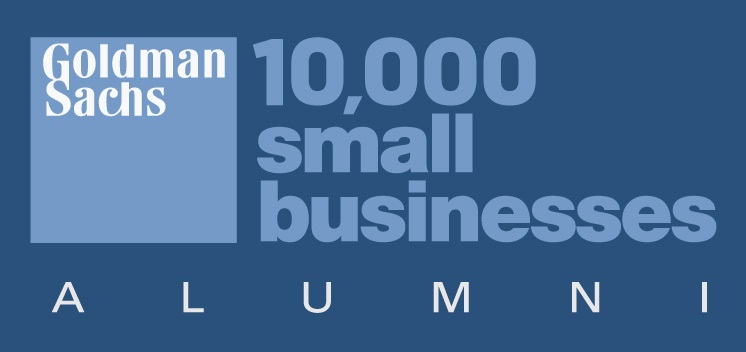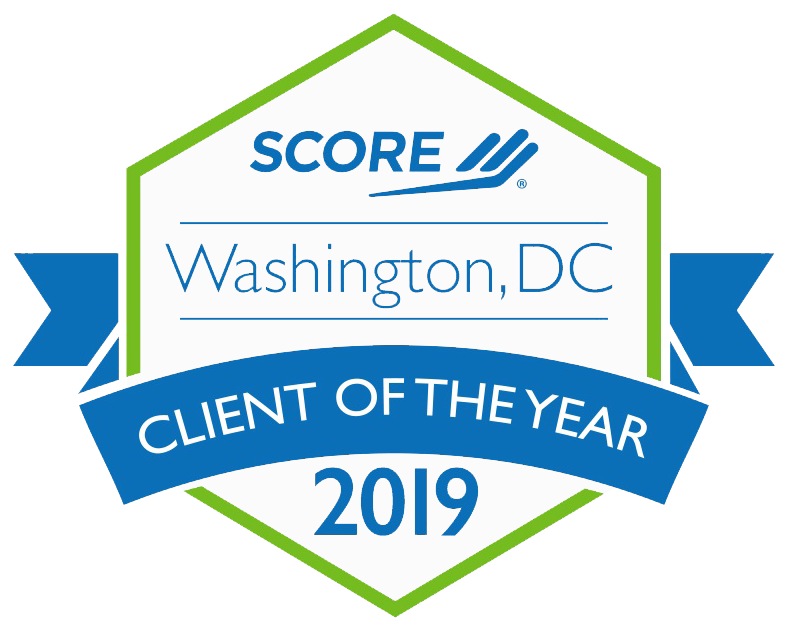Build the Budget First
When crafting a grant or major donor proposal, start with the budget. What will your project or program cost to accomplish your goals? What resources do you already have committed? The gap between what you want to accomplish and what you have in resources is your fundraising need. Whether a funder reads your narrative or your budget first, or simply the budget on its own, the same story should translate. It should be clear what your needs are both in words and in numbers.
Sometimes it works out that what you need aligns with what the funder has to give, other times it doesn’t. You can use a budget to show what other support is in the actual or prospective pipeline. Knowing your funder is key here. For instance, understanding their view of reasonable overhead, whether they like to be a sole supporter or project finisher, and preferences around absorbing supply and equipment expenses are all important components when crafting a personalized budget.
Use Descriptive Budget Language
Accounting programs like Quickbooks or Intaact make it easy to create standard reports and financial statements including budgets. They are designed for finance people to compare trends, analyze data, and operate the bottom line of the business. They aren’t good, however, at showcasing who or what your nonprofit does or is trying to accomplish. Budgets that are built around standard categories such as salaries, benefits, equipment, supplies, travel, and insurance are why every nonprofit can start to look the same. This structure is also why there is a misplaced emphasis on overhead, with undesirable percentages called out all too often.
When drafting a budget for a funder, use the accounting system as the source for the numbers, but whenever possible change the category name to something more descriptive, i.e. instead of “salaries” use “afterschool language arts instructor salaries;” or instead of “supplies” say “personal care dignity kits”. These are just two examples of descriptive language categories. With some brainstorming, you can come up with many more! Also in the budget narrative, you’d still want to list how many, cost per unit, number of hours devoted, etc. to justify how costs were calculated
Consider the Total Project/Program Cost
It is common to craft a project or program budget and consider the hard costs associated such as materials, supplies, and equipment – items with an invoice or receipt. But projects and programs don’t run without the staff, development, promotion, evaluation, and space to make them happen. These costs contribute just as much, and in many cases more, to the overall expense line of a project.
Even if the funder you are submitting a proposal to doesn’t allow indirect or overhead costs that are not easily attributable to a specific program, like insurance or utilities, it is important to document these expenses (at least internally) to know the full cost of a project/program. Recently, nonprofit fundraising events have come under scrutiny when determining the ROI (return on investment)—and whether to continue holding them or not. Determining the real costs (including staff time, space, etc.) can push a seemingly successful event into the negative when the full line of supporting expenses is included. The same can be said for a missional project or program.
There are a couple of ways to attribute these costs: actual and attributed. Actual costs are just that, such as a tracking of staff time hours in developing, running, and evaluating an initiative; or counting the costs of cleaning supplies and a cleaning person. Attributed costs are taken on a percentage basis—such as on the percent of square footage, or percent of program hours devoted to that component, or percent of the operating budget. Either of these approaches has its benefits and drawbacks. Whichever is selected, or a combination of the two, just be sure to document your approach and use it consistently across the organization.
TAKE ACTION TODAY!
Review your project/program budgets from an outsider’s perspective. Would you know what your organization or program does, or wants to newly accomplish, simply by reading the budget? If not, start to implement some of these suggestions to create a storytelling budget.
Using Your Budget to Tell Your Nonprofit’s Story






